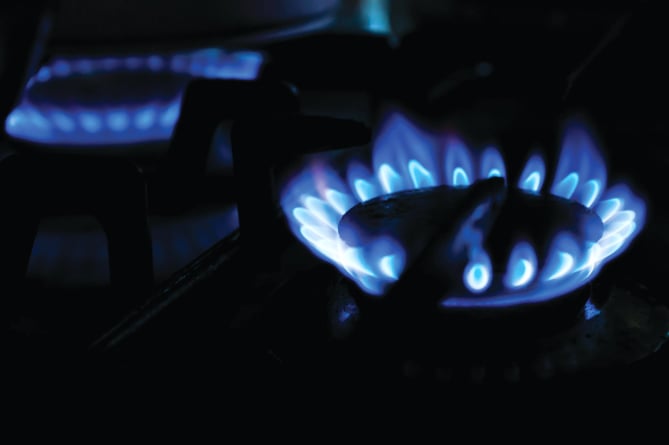Gas tariff prices will be reduced by around 6p a unit.
It represents just under a 25% drop in prices.
The Isle of Man Communications and Utilities Regulatory Authority (CURA), which regulates gas in the island, announced this week that it would be making a reduction from 22.21p per unit to 16.67p per unit.
The new tariffs will take effect from November 14 and remain in effect until December 31.
However, prices are still 118% higher than they were in September 2021, when tariffs were at 7.64p per unit.
It follows the authority triggering a review of gas tariffs last month due to the fall in the global price of gas.
The CURA said at the time it believed that, due to recent price movements on the wholesale gas commodity market, a reduction of tariffs may be warranted.
Having had the opportunity to review information supplied by Isle of Man Energy (formerly Manx Gas), it has determined that a reduction ‘is required’.
A full breakdown of tariffs will be published by Isle of Man Energy in due course.
There will also be a scheduled review in December to set the tariff for the 2023 period, which ‘is a separate process in its own right and must be completed despite this review taking place’, says the CURA.
It started in October 2021 when a 27.5% rise of 2.1p was agreed by Tynwald.
Then Manx Gas and the CURA announced a 58% price increase to gas bills on April 1, 2022.
September was the 22.21p increase that we are on now, that took prices to 190% higher than they were the September before.
The decrease, the first since CURA took over regulating the island’s gas markets, sees prices fall by 24.94% from their current level.
In its statement, CURA said: ‘The authority has been consistent in its stance that tariff stability is one of its priorities as it is in the interests of all stakeholders, consumers, the wider public interest, and Isle of Man Energy. Large movements in tariffs create uncertainty in the market and tend to adversely impact consumer confidence.
‘The consequence of this is that the authority must balance the competing interests of ensuring the most competitive tariff possible at any given point in time with the need for stability.’




